Bamboo flooring is at the top end of the market in terms of both price and quality. I don't mean laminate flooringwhere it is not wood but paper printed with the wood design and coated with resins. It's that hardwood flooring, or laminated wood. Bamboo has a long way to go from the grass category, where it is categorized, to the hardwood level. The plant undergoes a lot of processing that brings out its beauty and makes it stronger than many other species.
What is bamboo
Bamboo, although some species grow to 25-30 m tall, is a grass and not a tree. There are thousands of species of bamboo, all part of the Poaceae, the family of grasses. Of the bamboo species, around 1500 are those that lignify their stalks, which can be used in construction, furniture or wood panels.
Although for us Europeans bamboo is a relatively new species to the timber and construction industry, having been around for 35-40 years, it has been used for thousands of years in the areas where it commonly grows, and is considered the primary building material in those areas. It grows in tropical and subtropical regions and is a common plant in Asia, Latin and South America and Australia.
Bamboo differs from trees from the microscopic level - the arrangement of the cells, the lack of annual rings and medullary rays, the lack of pores - to the macroscopic: the trunk is hollow inside, the bark is missing, and when mature it no longer grows in diameter. It is a very fast-growing plant, reaching maximum height and thickness in 6-7 months. At this point the stem begins to lignify without any change in size. After 3-6 years the maximum level of lignification is reached and the bamboo can be harvested. The stem is hollow inside, with nodes of the thickness of the stem, visible on the outside as a stripe perpendicular to the direction of growth.
Harvesting is done by cutting the stems at ground level. Another plant will grow from the remaining root, following the above cycle without the need to replant. This is why bamboo is a very sustainable resource.
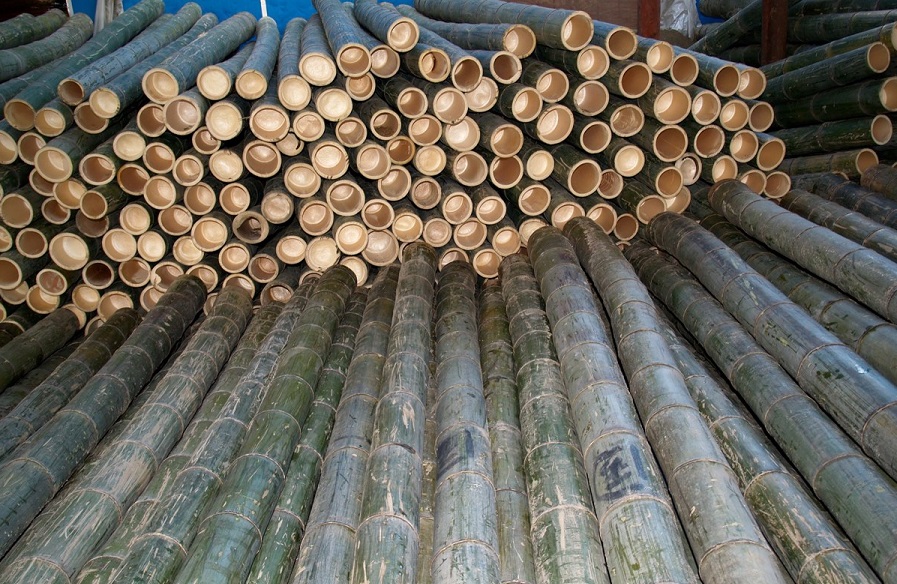
How bamboo becomes industrialized wood used in flooring
Bamboo is used to make all sorts of industrialized products such as OSB, MDF, PALbut the most used are those considered solid wood panels. There are two main methods of making these panels, laminating and hot-pressing.
Get laminated bamboo is quite similar to how solid wood panels are made in factories in the country. The bamboo poles are harvested, selected and cut to 2.5m lengths. They are then passed through a device that splits them into equal parts. The resulting strips are cleaned of the outer layer and inner knots, then treated with steam and hydrogen peroxide to bleach and even out the colour. The result is that recognizable golden yellow. There is also carbonization, a method of treating the bamboo at high temperature and pressure, which gives it a very pleasant caramel colour.
The treated strips are dried to 8-10% moisture content and then sanded. The adhesive is applied and they are pressed. The sheets are rectangular in cross-section. Their joining in the press can be made on the long side of the rectangle or on the short side. In the first case the result is panels where the bamboo nodes are visible as a transverse line, and in the second case the appearance is similar to the radial cutting of wood (where the annual rings are visible as parallel lines). Such a panel is 5 mm thick, similar to technical veneers. Several panels, laid perpendicular to each other and glued together, form the bamboo plywood panel, which is graded and sanded like any other wooden panel.
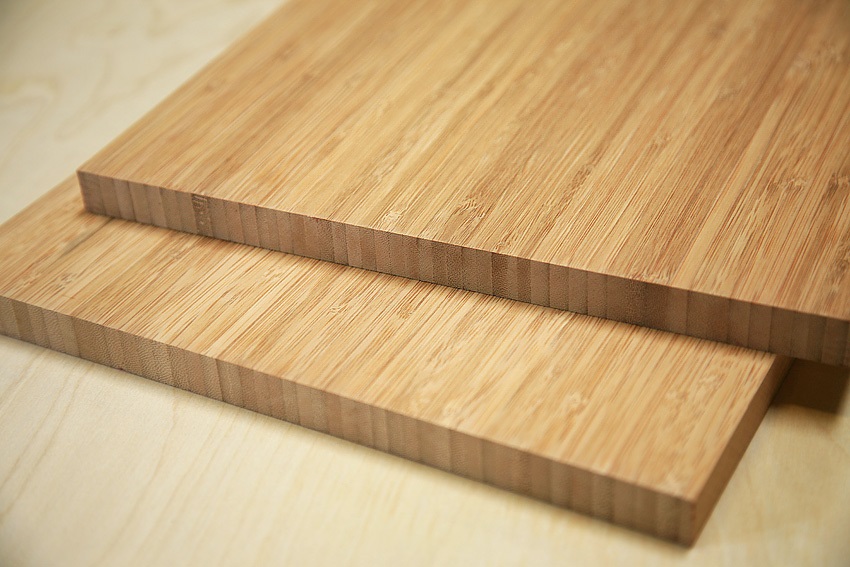
forum source: woodworkerssource.com
The technology of obtaining pressed bamboo panels follows the same steps until the bamboo strips are treated, dried and sanded. They are then put in presses, mixed with glue and hot-pressed with very high force so that they interlock to form the panel. It is basically a composite material with twice the density and hardness of bamboo. If it is used as a large panel, the highest thickness is 20 mm, otherwise it becomes very hard and unusable. When thicknesses of 30-40 mm are obtained, the panel is cut into long pieces 10-30 cm wide. Bamboo flooring is made from these strips.
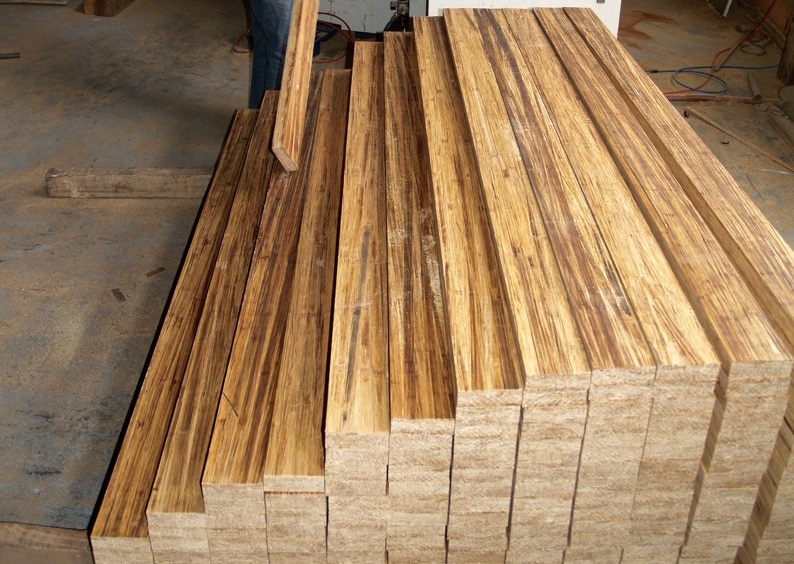
photo source: bambooimport.com
Properties of bamboo
Bamboo is not a very durable wood as long as it is not treated. In rod form it can be used to make both indoor and outdoor furniture, fencing or other fixtures and fittings provided it is treated beforehand.
The structure of bamboo is quite simple, consisting of long cellulose cells, arranged in the direction of growth, reinforced with lignin, arranged perpendicular to the direction of growth. Cellulose fibers are strong and stiff while lignin is soft and crumbly. This is why the rod splits easily along the length of the fiber but is difficult to break.
Because of its high starch content it is a plant loved by insects. To make it resistant, the stems are treated with boron salts immediately after cutting. Like any other wood it exchanges moisture with the environment and absorbs moisture when placed directly on the ground. It is sensitive to UV radiation and when used outdoors, it changes color due to both sunlight and the sand blasting effect of winds and atmospheric dust.
Mechanical properties are very good, with bamboo having 2.3 times the mechanical strength of many known species. Its properties are similar oak or frasin. Industrialized wood is all the more resistant as it is used to make objects subject to aggressive action: flooring, shredders, table tops, etc.
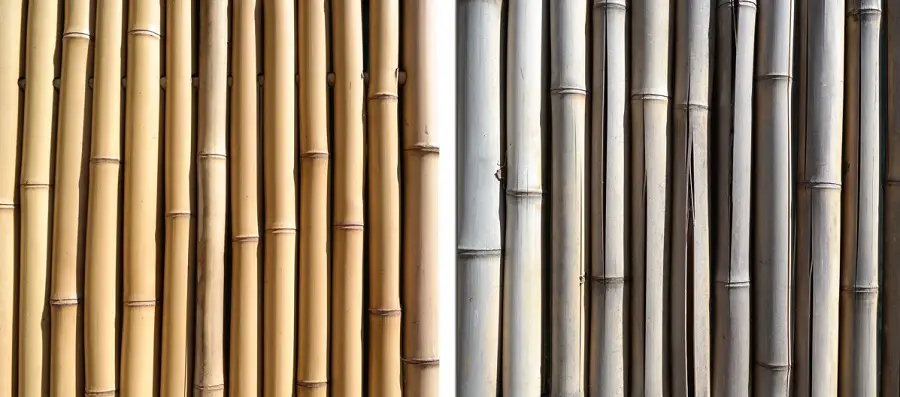
Bamboo flooring
As we have already said, bamboo flooring is mainly made from pressed bamboo, which makes it very hard and resistant. Despite its very hardness, it can be scratched in extreme situations (very sharp heels, animal claws), just like the other hardwood species used for flooring. Flooring must therefore be protected with very hard varnish.
If the protection is factory-made the flooring will have maximum strength. The technologies used allow bamboo to be coated with highly resistant varnishes which harden under UV lamps. They are the most resistant floor varnishes that ensure long-lasting floors.
If the bamboo slats used are not varnished, they must be protected with ordinary floor varnish without special tools. Due to the structure of the panels the absorption in the panel is very low that is why the surface of the parquet must be sanded beforehand to increase the absorption capacity. It is best to call in a specialist if you have such parquet. In addition, bamboo is difficult to color, so it's best to use it in its original color to avoid unpleasant surprises. If you want it finished in different colors, buy it ready-finished. It will save you a lot of hassle.
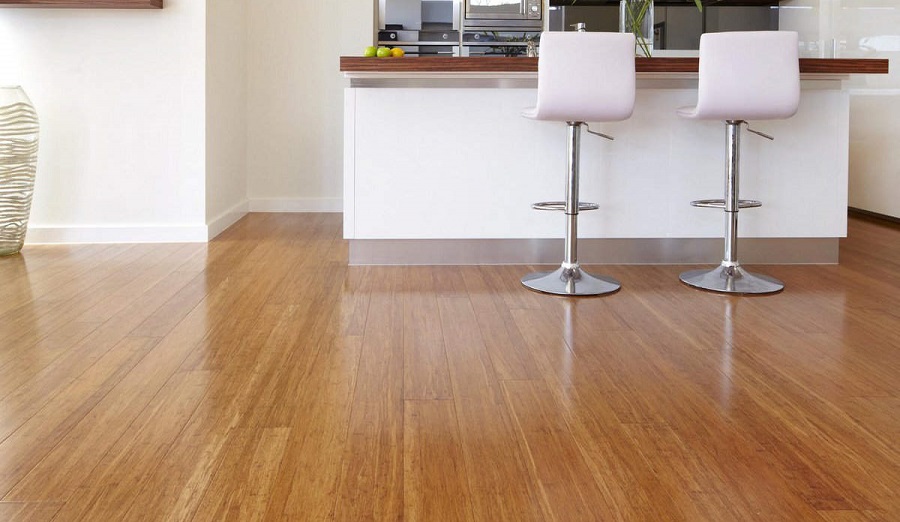
Bamboo flooring can also be used for underfloor heating. More information on using this type of heating when you have wood flooring can be found in the printed Wood Magazine, March 2019 issue. Find out how to get hold of it here.
Bamboo flooring will give your home an exotic look. It can be used in any room, with its construction and qualities making it resistant in both high-traffic and high-humidity rooms such as bathrooms and kitchens. It's not a cheap flooring, so it will add an extra preciousness to your home.
A great quality of bamboo is its sustainability. Unlike trees, which need 50-100 years to reach maturity so that their wood can be used, bamboo needs only 6 years. And a new bamboo plantation will sprout from old roots without the need for replanting. I believe it's time to pay more attention to this material that can save long-exploited species and endangered forests.
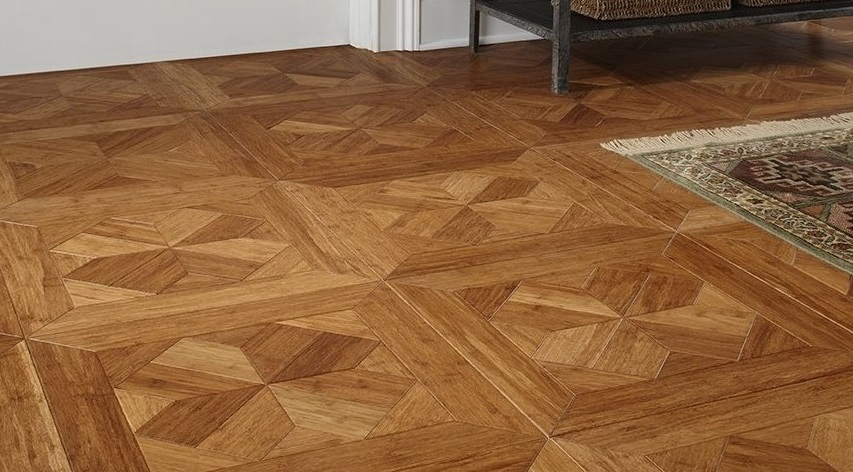


























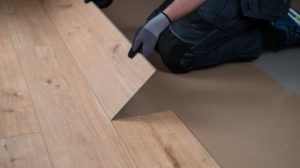
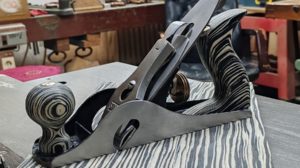

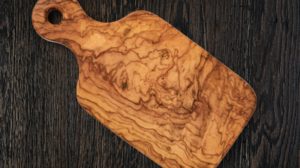
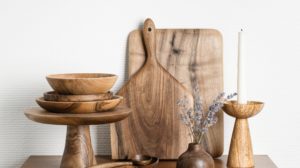
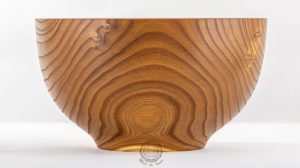




Add comment